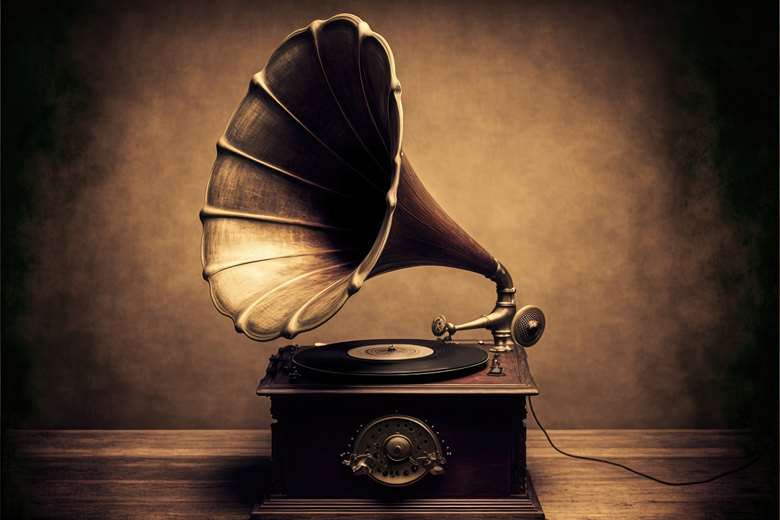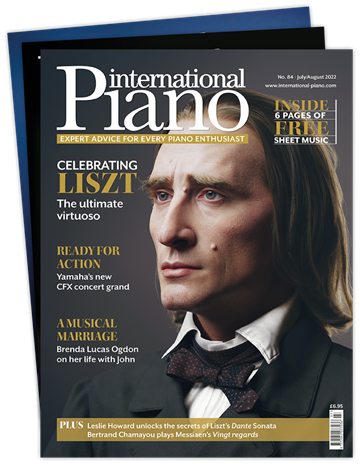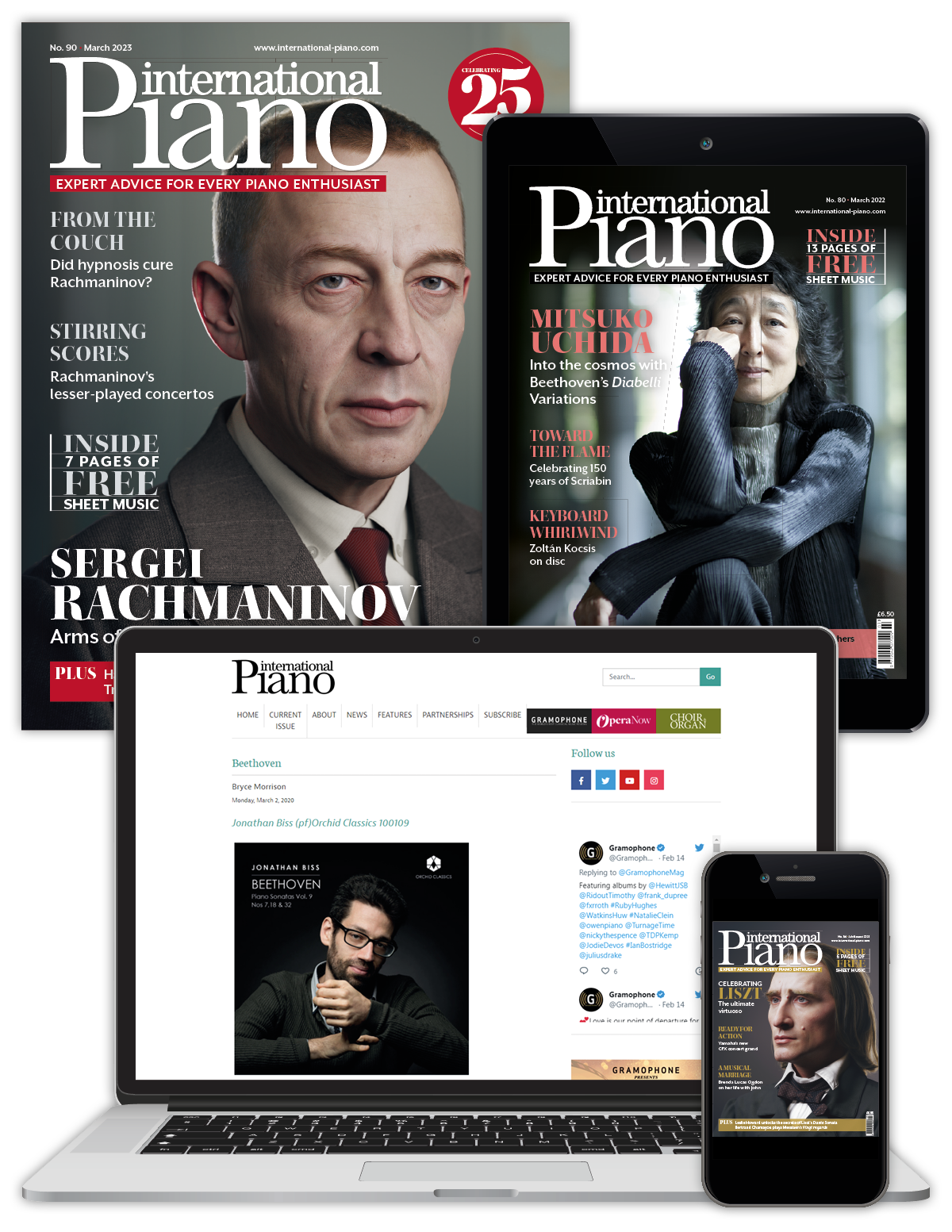Historical recordings: why we should listen to pianists from the past
Wednesday, August 30, 2023
In a new regular column Mark Ainley explores historic treasures both familiar and obscure, recommending new discoveries and encouraging fresh listening

Register now to continue reading
This article is from International Piano. Register today to enjoy our dedicated coverage of the piano world, including:
- Free access to 3 subscriber-only articles per month
- Unlimited access to International Piano's news pages
- Monthly newsletter






